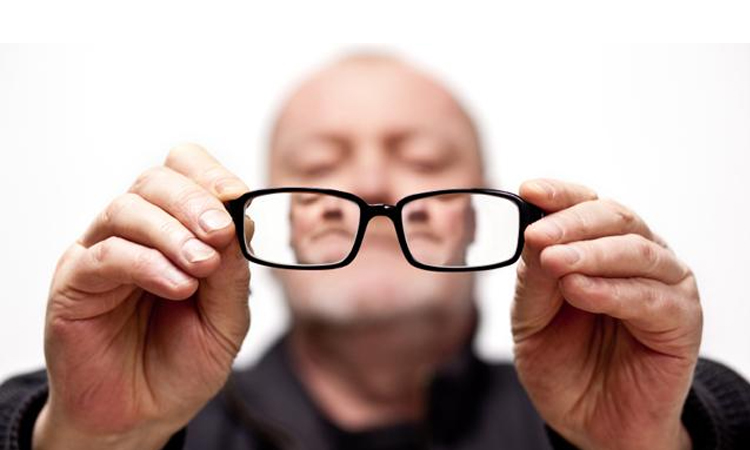We may have noticed elderly people above the age of 40 holding a newspaper or restaurant menu farther away from the eyes or removing their glasses to read it. This is a normal change in the eye’s focusing ability, called presbyopia which continues to progress over time. It is among the most common problems adults develop between ages 41 to 60.
Read More: How to lose weight after abortion
The following reasons can be behind eye-related diseases above the age of 40:
- Diabetes or high blood pressure.
- A family history of glaucoma, damage to the optic nerve or macular degeneration, a condition where it is blurred or no vision in the center of the visual field.
- A highly visually demanding job.
- Health conditions related to high cholesterol, thyroid, anxiety or depression, and arthritis for which you take medications. These medications may have vision side effects.
- Cataracts, which occurs after the age of 60 is nothing but the clouding of the lens in the eyes, a very common old age vision problem. It can easily be treated by cataract surgeries.
How is age related to vision changes?
Read More: Eye problem during pregnancy – Seven major problems

Just like our body, our eyes and vision change over time. The following are common age-related vision changes:
- Need for more light. As we age, our eyes need more light than it used to before.
- Printed materials can become unclear because the lens in our eye becomes less flexible over time. This makes it harder for the eyes to focus on near objects than when we were younger.
- Issues with a glare. When driving, we often notice glare from headlights at night or sun reflecting off windshields or pavement during the day. Changes in our lenses in eyes cause light entering the eye to be scattered rather than focused precisely on the retina. This creates more glare.
- Changes in color perception. The clear lens located inside the eye may start to discolor. This makes it harder to see and distinguish between certain color shades.
- Reduced tear production. With age, the tear glands in eyes produce fewer tears. This mostly happens for women experiencing hormone changes. As a result, eyes may feel dry and irritated.
There are several options to regain clear near vision. The best way, to begin with, is to get a thorough eye examination with an optometrist. The optometrist will advise on the best ways to correct the vision issues.
